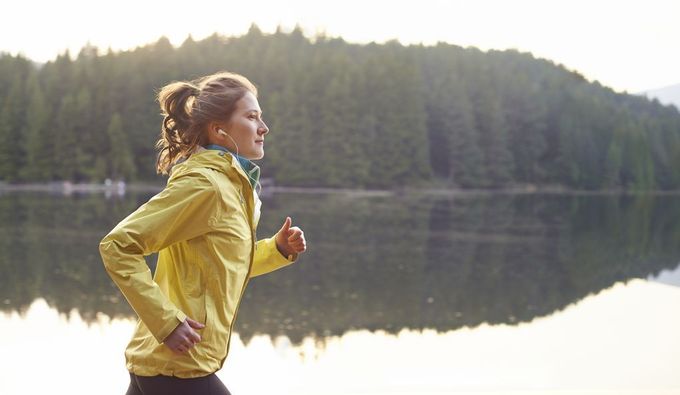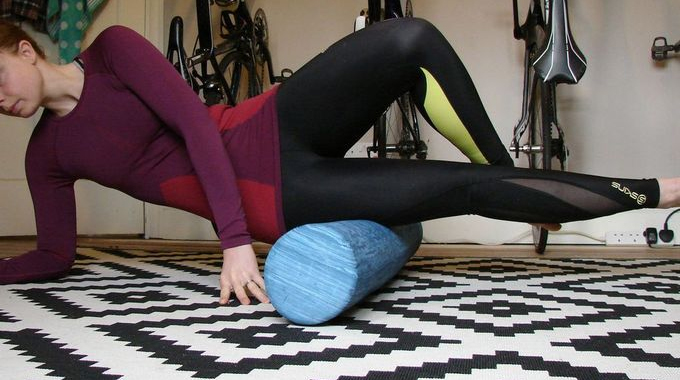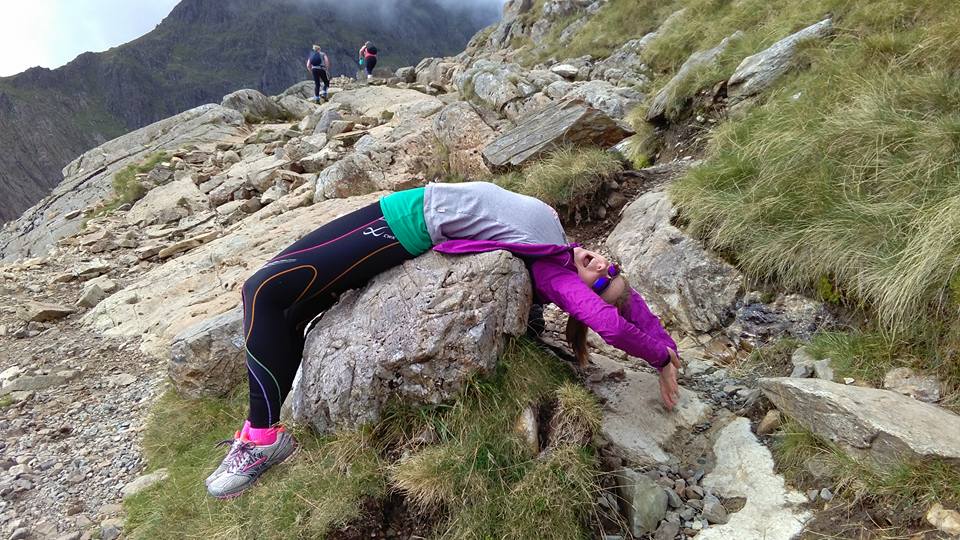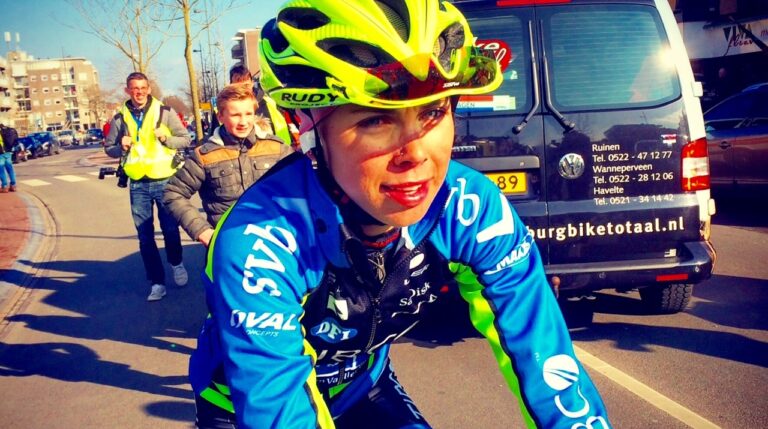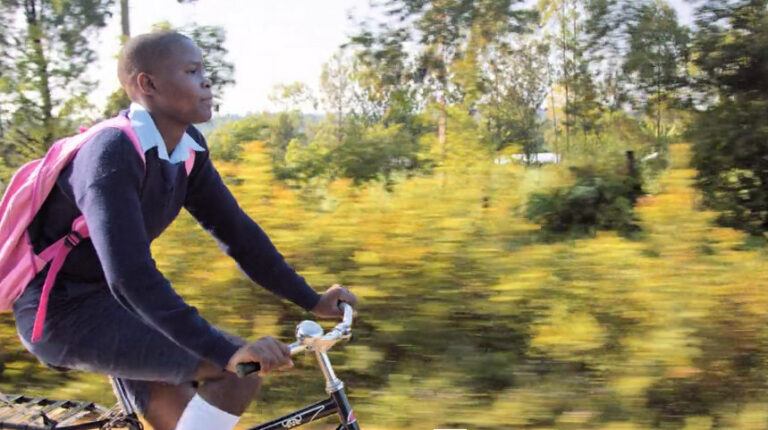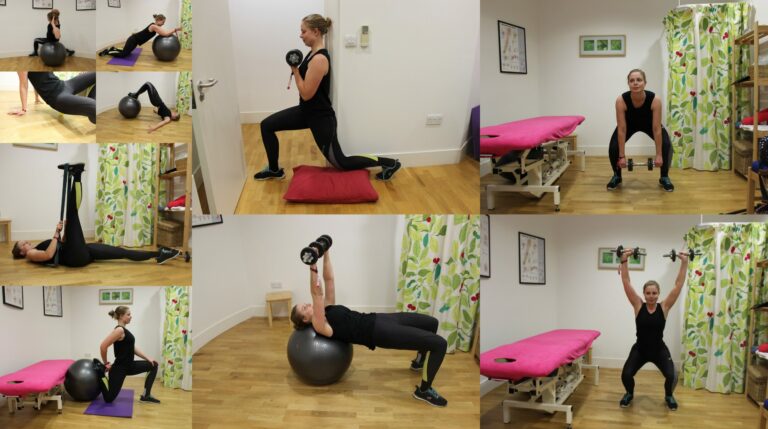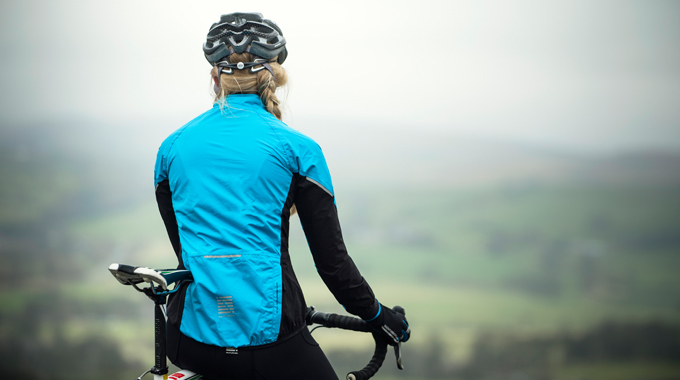At Total Women’s Cycling, our number one favourite form of getting active is cycling, obviously. However, as dark nights close in sometimes it’s tempting to swap the odd cycle ride for a short run.
The Best Cross Training Exercises for Cyclists
Off Season Break: Why Every Rider (not just racers) Should Take One
Running is an incredibly time efficient way of squeezing a cardiovascular workout into a busy weekday and it doesn’t require too much kit or preparation time. That makes it ideal if you often travel for work – or just have a busy schedule.
It’s not just about convenience, either. Since cycling isn’t weight bearing it’s actually very good for those of us who spend most of our active time on two wheels to add a little variety. Exercises like running or weight lifting can help strengthen the bones that cycling neglects, and this is particularly important for women who are more prone to osteoporosis than men.
Running is generally considered to be the highest calorie burner of the cardio trio of cycling, running and swimming. However, if we were to rank them in order of ‘prevalence of injuries’ it would also be first. This can become a real problem for cyclists who are aerobically fit, but haven’t strengthened the muscles used to run as much as those used to cycle.
So how can you use running to your advantage, without risking injury? Here are some tips…

